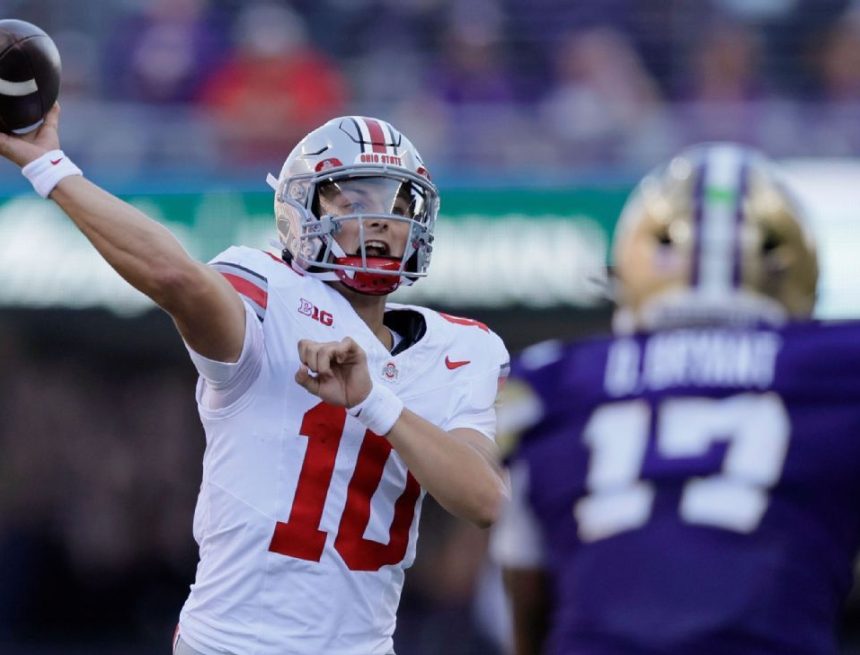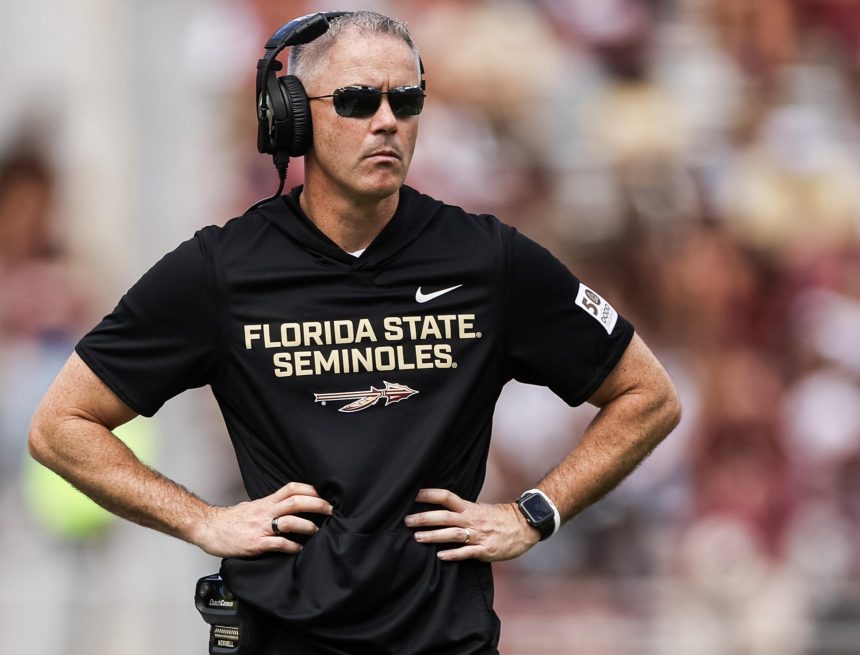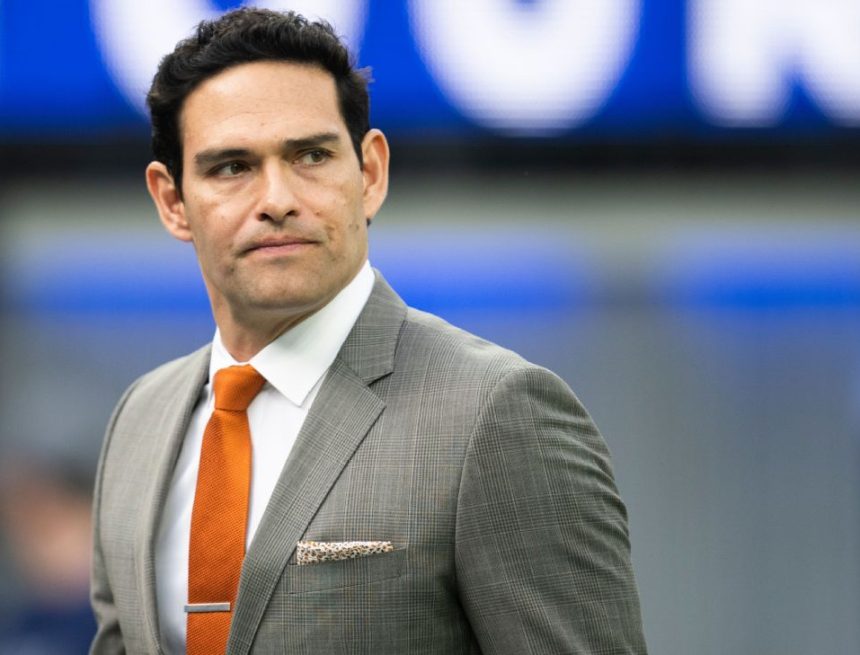Do we even need to bother with the World Series at this point?
It’s hard to recall a more overwhelming favorite heading into the Fall Classic than the 2025 Los Angeles Dodgers, after they steamrolled the Milwaukee Brewers in a four-game NLCS sweep, capped off by a historic night from superstar Shohei Ohtani.
Let’s take a moment to appreciate that we could be witnessing one of the greatest teams ever assembled, led by possibly the greatest player to ever play the game.
However, sheer dominance is not what makes the MLB postseason great.
As a 1990s kid, I remember the 1998 World Series, when a 114-win New York Yankees team cruised to a four-game sweep of the San Diego Padres in one of the most lopsided postseason finales of my lifetime.
That Yankees squad is widely considered one of the best teams in MLB history. But its dominance made for one of the most predictable postseasons in memory.
That’s where we’re at with the 2025 Dodgers.
Even going all the way back to February, when hope was in abundance across the MLB landscape, the Dodgers were still in a tier of their own in terms of title odds:
Dodgers: +250
Yankees: +800
Braves: +950
Phillies: +1100
Mets: +1200
The Mets went out and spent $700 million on Juan Soto, the Yankees restocked with Max Fried, Cody Bellinger and others, and the Braves and Phillies were expected to give the NL East three playoff teams, but the Dodgers were still clear favorites.
It has been the Dodgers vs. The Field in recent years, and there is no sign of that changing any time soon.
A year after signing Ohtani and Yoshinobu Yamamoto for more than $1 billion combined, the front office didn’t blink, adding another $320 million to the books on Blake Snell, Tanner Scott and a new deal for Teoscar Hernández.
Their willingness to defer money, most notably in paying Ohtani just $2 million annually through 2033, is a loophole that has been talked about at length and will no doubt be a major point of discussion during the next CBA negotiations.
However, their success is not simply tied to ownership’s ability to spend. The Dodgers have a competitive advantage in almost every conceivable area of the game, and that’s what is making them so easy to root against.
Let’s start with the basics: Their facilities.
The Dodgers’ average home attendance this year was 49,536. For context, that is more than the capacity of the other 29 ballparks across baseball.
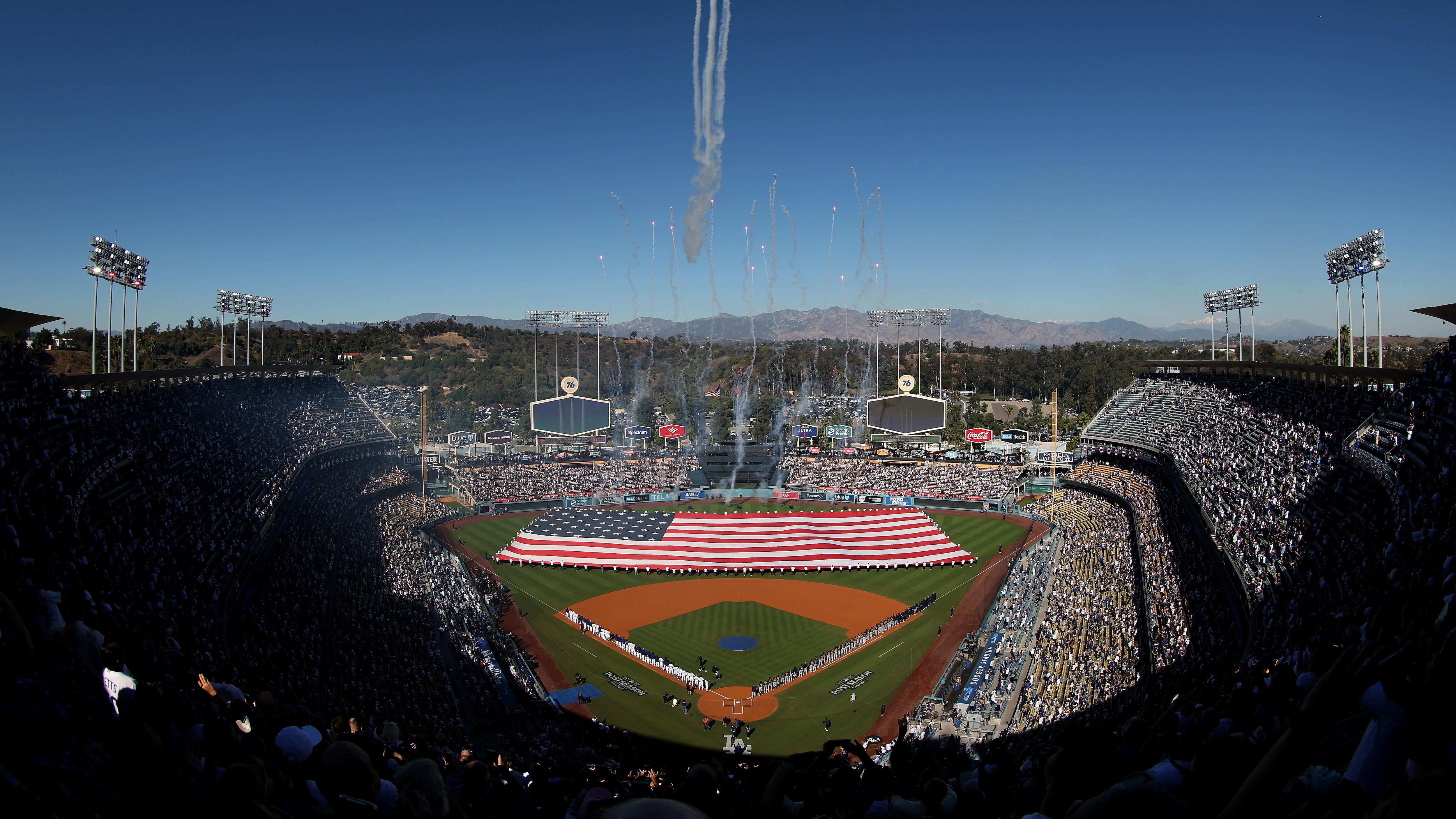
It was 7,000 more than the San Diego Padres (42,434) and New York Yankees (42,408) drew right behind them on the leaderboard, almost 17,000 more than the Milwaukee Brewers (32,717) who they just beat in the NLCS and a staggering 35,000 more than the Miami Marlins (14,276), who were at the bottom of the list among teams not playing in a minor league stadium.
The estimated price for a family of four to see a Dodgers game this year was $399.68, according to Bill Shaikin of the Los Angeles Times, or roughly $100 per person.
Over 81 home games, those extra 7,000 fans they draw relative to the Padres and Yankees equates to $56.7 million in additional revenue. That jumps to $137.7 million relative to the Brewers’ attendance and $283.5 million compared to the bottom-of-the-barrel Marlins.
That’s a huge head start for L.A. before we even start talking about the team itself, which no doubt benefits from its spending ability.
However, the organization also has a long history of developing its own in-house talent and mining the international market.
Going all the way back to signing Fernando Valenzuela out of the Mexican League in 1979 and Hideo Nomo out of Japan in 1995 when no player had made the jump from the Japanese League in over 30 years, the Dodgers have approached lineup construction with a global mindset.
Over the past decade, international signings such as Julio Urías, Keibert Ruiz, Yusniel Diaz, Andy Pages, Miguel Vargas and current top prospect Josue De Paula have all emerged as high-profile up-and-comers and either made an impact for the Dodgers or been used as trade chips in blockbuster deals.
To that point, the front office has also shown a rare knack for self-scouting, not clinging too tightly to its top prospects unless it viewed them as future stars, and nailing that assessment with guys like Corey Seager, Cody Bellinger and Walker Buehler.
Add to all of that the pipeline it has created to Japan by signing Ohtani and Yamamoto, and it’s simply one more advantage. Roki Sasaki was subject to international bonus restrictions last offseason, so there was no financial advantage to be had, yet it was almost a foregone conclusion he would sign with the Dodgers from the moment he announced he was coming stateside.
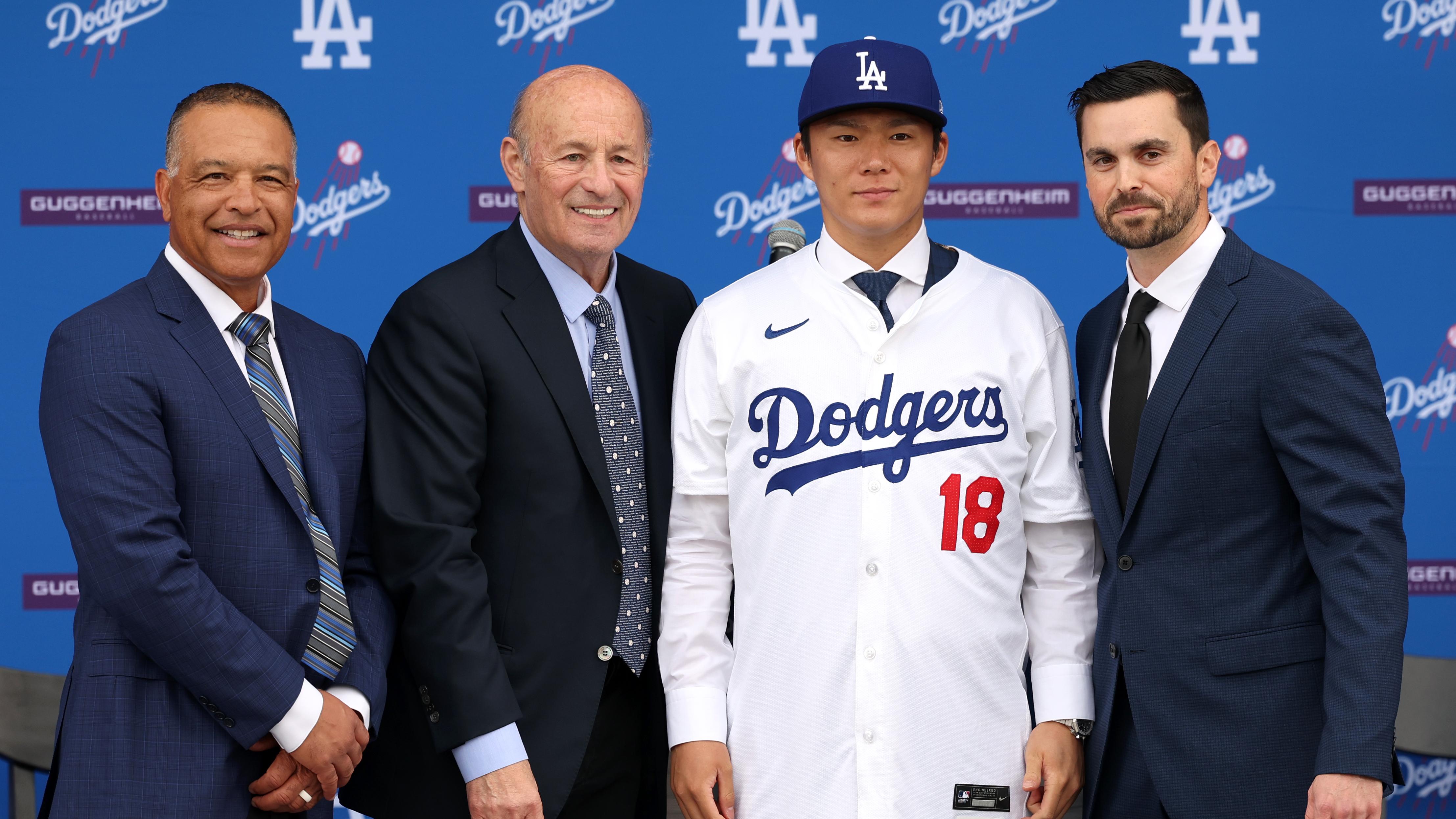
Is there any reason to think slugger Munetaka Murakami won’t follow suit this winter?
Speaking of the offseason, as Clayton Kershaw gets set to ride off into the sunset and established superstars like Freddie Freeman and Mookie Betts push deeper into their 30s, the Dodgers are already viewed as the heavy favorites to sign Kyle Tucker to the richest free-agency deal of the winter.
There they go buying championships again.
But to that point, if all it took to win a title was frivolous spending, the Mets would not have collapsed, and the Yankees would not be licking their wounds after another early playoff exit.
A team can have all the financial resources in the world, but if they don’t spend the right way, it doesn’t make a difference.
Steve Cohen bought the Mets and immediately threw a bunch of money at aging stars Max Scherzer and Justin Verlander. Before their deals were up, he was cutting his losses and trading them for prospects while eating salary. Add Starling Marte, Mark Canha, Sean Manaea and Frankie Montas to the list of bad signings since the start of the Cohen era, and it’s only been five years.
Meanwhile, it’s hard to point to a truly bad contract on the books for the Dodgers right now. Even the four-year, $72 million deal given to Tanner Scott last winter could end up being money well spent if he returns to form in 2026.
All of that said, the final ingredients might simply be luck and timing.
After using 17 different starting pitchers during the regular season, the pieces have all fallen into place perfectly in October. They have had one gem after another from a starting rotation that has recorded eight quality starts in 10 games. By comparison, the Blue Jays have one quality start in 11 games.
Meanwhile, what was expected to be a stacked bullpen dealt with injuries and ineffectiveness all season, giving the club what appeared to be a potential Achilles’ heel heading into October. Then here comes Sasaki, back from a minor league demotion throwing smoke and sliding seamlessly into the ninth-inning void.
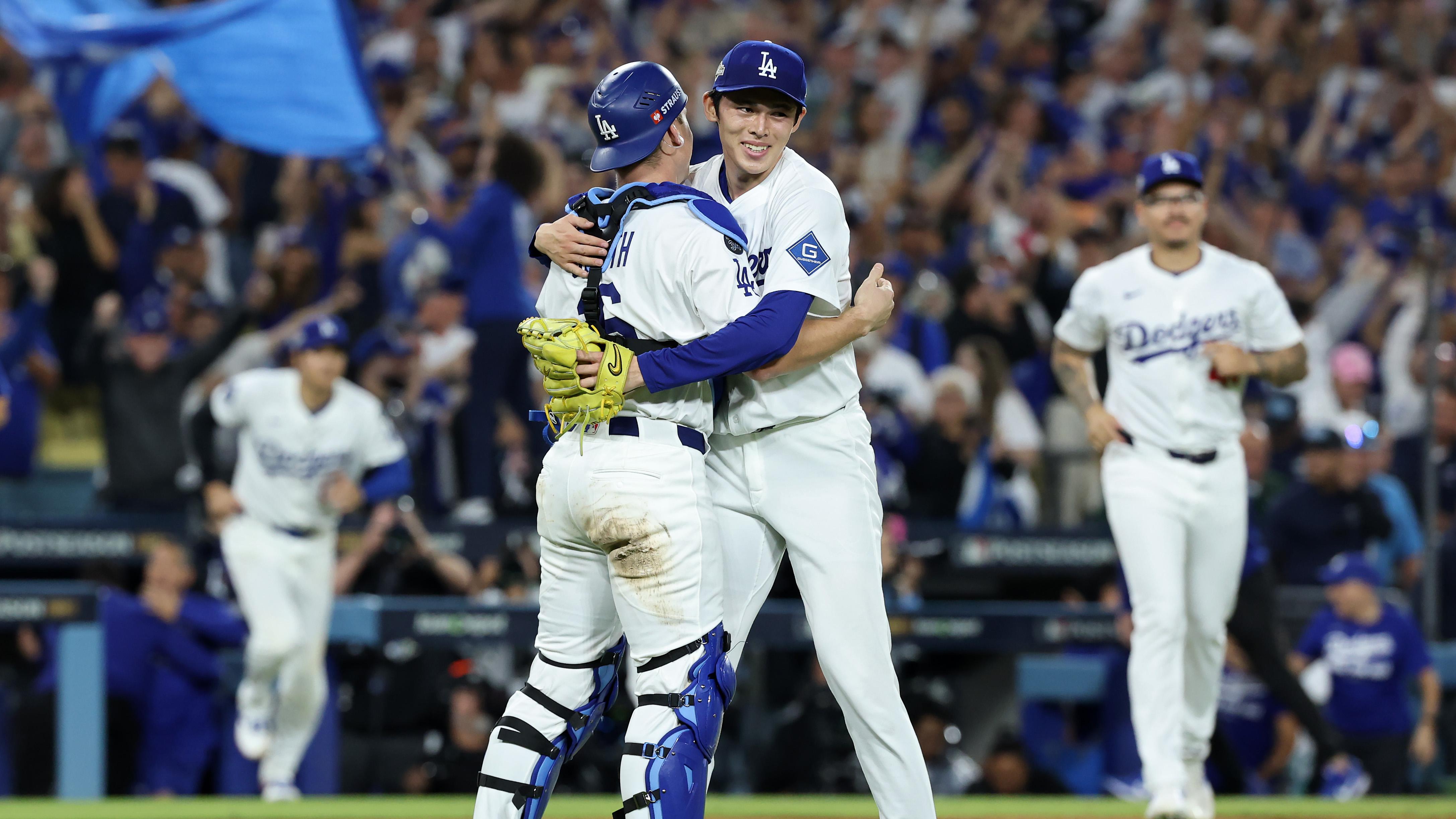
It doesn’t matter what outside factor is introduced to the equation, this team looks destined to become the first repeat World Series champion since the 2000 Yankees, and there is no sign of their window starting to close.
If it’s possible to appreciate greatness while also growing increasingly disinterested with the feeling of inevitability it creates, that’s the point we’ve reached with the 2025 Dodgers. And it’s why the baseball world is so ready to root against them.
